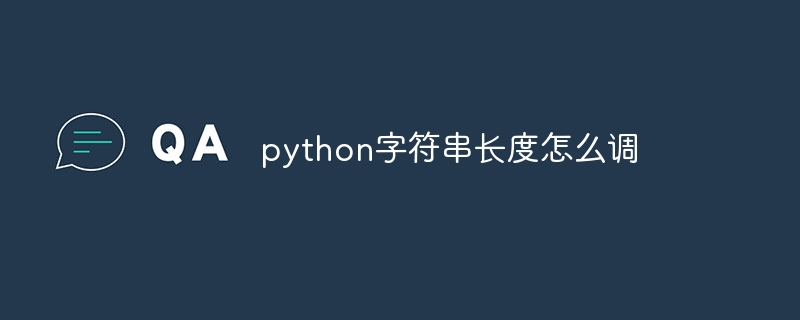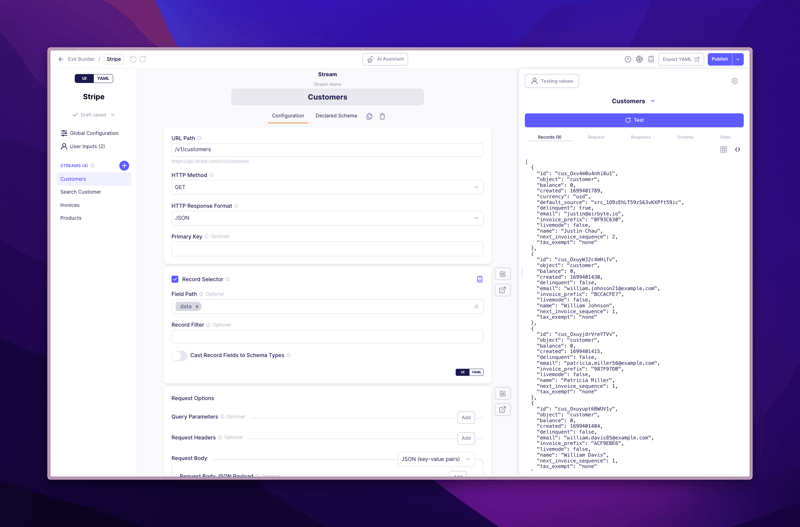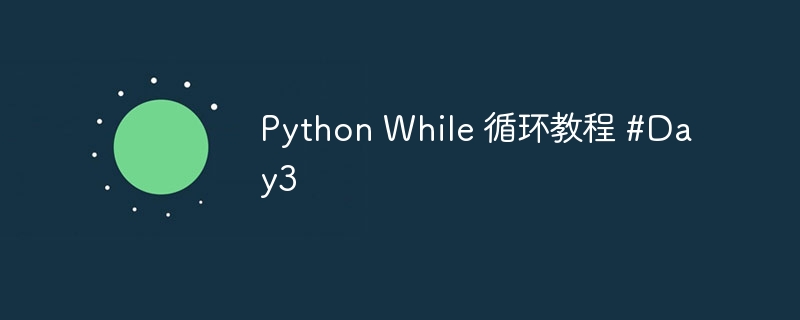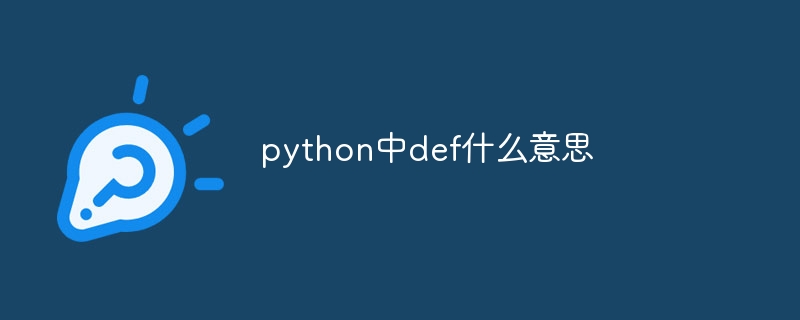
Python 字符串长度的调整
Python 中字符串的长度可以通过 len() 函数获取,它返回字符串中字符的数量。
增长字符串长度
要增长字符串长度,可以使用以下方法:
字符连接(+):将另一个字符串连接到现有字符串。 字符串重复(*):重复字符串指定的次数。 插值(f-字符串):使用 f-字符串将变量或表达式嵌入到字符串中。 join() 函数:将一个字符串列表连接成一个字符串。举例:
# 字符连接 original_string = "Hello" new_string = original_string + " World" print(len(new_string)) # 输出:11 # 字符串重复 repeated_string = original_string * 3 print(len(repeated_string)) # 输出:15 # 插值 name = "Alice" interpolated_string = f"Hello, {name}!" print(len(interpolated_string)) # 输出:13 # join() 函数 list_of_strings = ["Hello", "World", "!"] joined_string = " ".join(list_of_strings) print(len(joined_string)) # 输出:13缩短字符串长度
要缩短字符串长度,可以使用以下方法:
字符串切片:使用索引或范围来提取部分字符串。 replace() 函数:用另一个字符串替换指定的子字符串。 strip()、lstrip() 和 rstrip() 函数:删除字符串开头的或结尾的空白。举例:
# 字符串切片 shortened_string = original_string[:-5] print(len(shortened_string)) # 输出:5 # replace() 函数 replaced_string = original_string.replace("Hello", "Goodbye") print(len(replaced_string)) # 输出:11 # strip() 函数 whitespace_string = " Hello World " trimmed_string = whitespace_string.strip() print(len(trimmed_string)) # 输出:12以上就是python字符串长度怎么调的详细内容,更多请关注知识资源分享宝库其它相关文章!
版权声明
本站内容来源于互联网搬运,
仅限用于小范围内传播学习,请在下载后24小时内删除,
如果有侵权内容、不妥之处,请第一时间联系我们删除。敬请谅解!
E-mail:dpw1001@163.com











发表评论